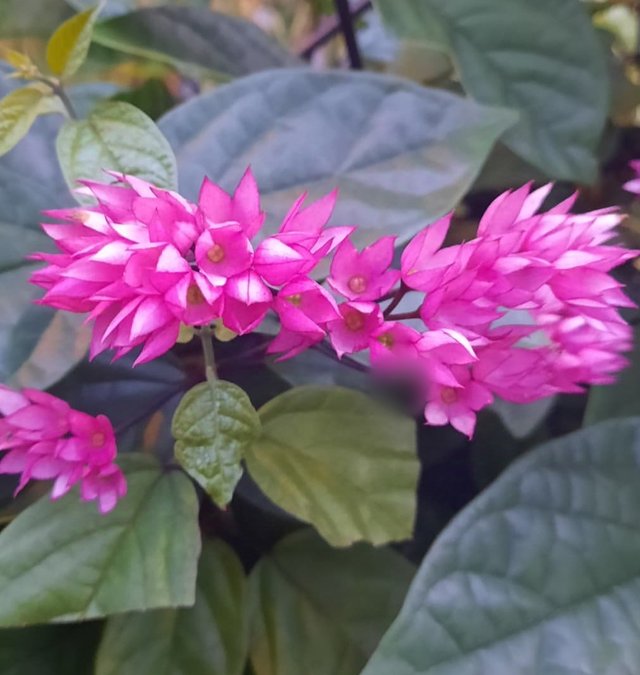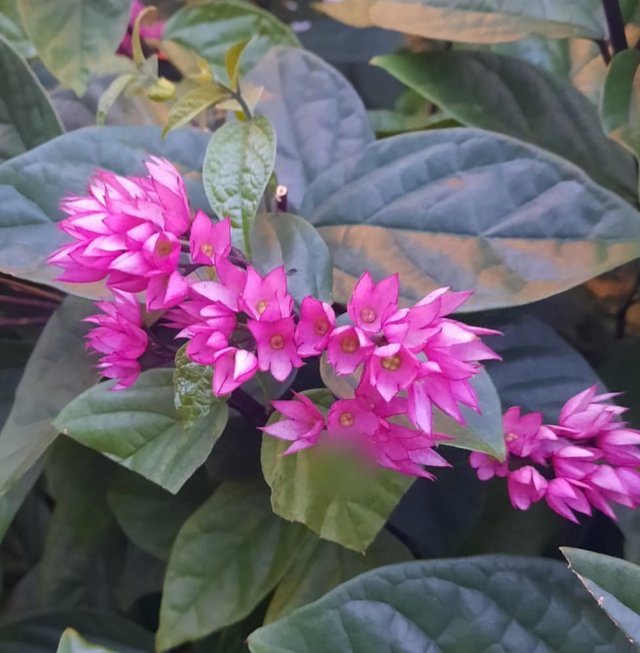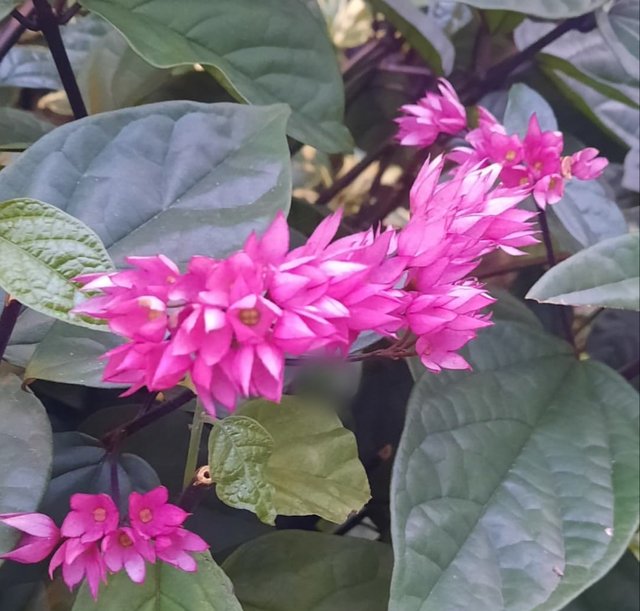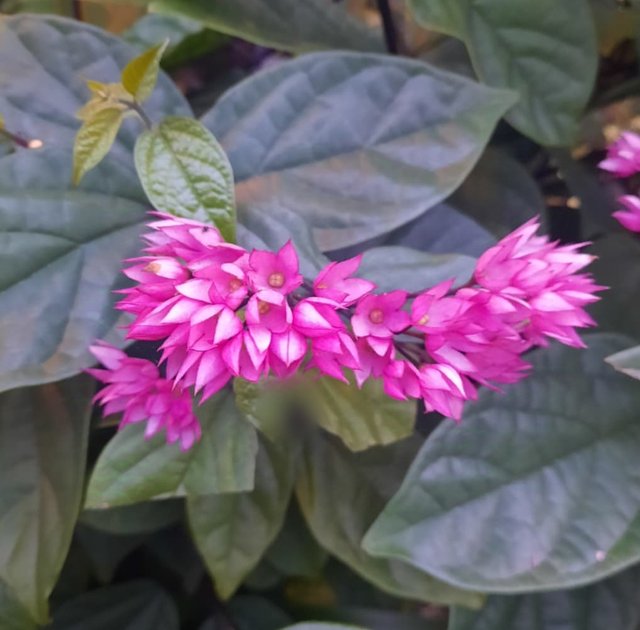So Beautiful Bleeding-Heart Vine Flower
The bleeding-heart vine, also known as glory-bower or tropical bleeding-heart, is a stunning ornamental plant cherished for its vibrant flowers and lush foliage. Native to West Africa, it thrives in tropical and subtropical climates and has become a popular choice for gardens, patios, and indoor spaces worldwide due to its striking aesthetic appeal and relatively easy maintenance.
Appearance and Characteristics
The bleeding-heart vine is a perennial climber that can reach heights of up to 15 feet when provided with support. Its foliage consists of lush, deep-green, ovate leaves that provide a beautiful backdrop for its showy flowers.
The plant's most captivating feature is its heart-shaped flowers, which bloom in clusters. Each flower consists of a white or pale green calyx resembling a delicate heart, from which a vibrant red corolla emerges. This striking combination of colors creates a "bleeding" effect, hence the name. Some cultivars may feature flowers with shades of purple or pink, adding to their ornamental value.
Growth and Habitat
The bleeding-heart vine thrives in warm, humid climates and prefers well-draining soil with a slightly acidic to neutral pH. It is typically grown as a climber, allowing its cascading growth to adorn trellises, arbors, and fences. Alternatively, it can be grown in containers and pruned regularly to maintain a bushy appearance, making it a versatile option for gardeners.
While it flourishes in tropical environments, it can be cultivated in cooler regions as a greenhouse or indoor plant. In temperate zones, it is often grown as an annual or brought indoors during the colder months to protect it from frost.
Light and Water Requirements
The bleeding-heart vine enjoys bright, indirect sunlight and performs best in partially shaded areas where it can avoid the harsh midday sun. When grown indoors, placing it near a south or east-facing window ensures adequate light.
Watering should be consistent but moderate. The soil should remain moist but not waterlogged, as excessive watering can lead to root rot. During the growing season, regular watering and occasional misting help maintain the humidity levels that the plant loves. In the dormant winter months, watering can be reduced.




